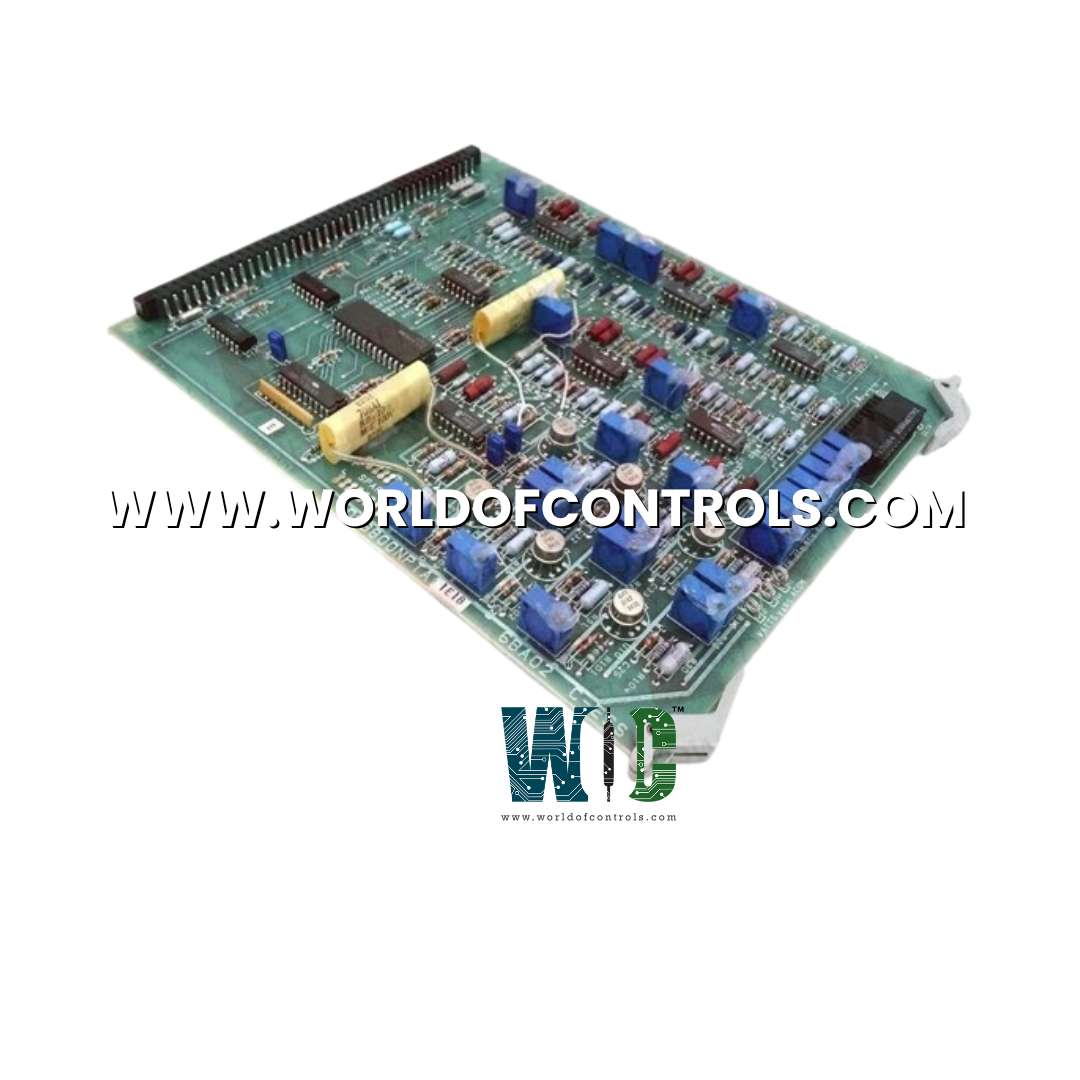
World Of Controls understands the criticality of your requirement and works towards reducing the lead time as much as possible.
DS3800NPTA - 12-Pulse Auto-Transformer Rectifier is available in stock which ships the same day.
DS3800NPTA - 12-Pulse Auto-Transformer Rectifier comes in UNUSED as well as REBUILT condition.
To avail our best deals for DS3800NPTA - 12-Pulse Auto-Transformer Rectifier, contact us and we will get back to you within 24 hours.
SPECIFICATIONS:
Part Number: DS3800NPTA
Manufacturer: General Electric
Series: Mark IV
Product Type: 12-Pulse Auto-Transformer Rectifier
Input Voltage: 380V - 415V
Max. Channel Current: 750 mA
Max. Channel Input Voltage: Battery Voltage
Number of Pulses: 12 Pulses
Minimum Operating Voltage: 8 volts
Voltage Input Range: 90 – 264 VAC
Rated Power: 100 kVA
Transient Surge Protection: 1500 W
Voltage Accuracy: ± 50 mV
Operating Temperature: -10°C to +50°C
DIN Rail Attachment: 35 mm
Size: 8.25 cm high x 4.18 cm
Repair: 3-7 days
Availability: In Stock
Weight: 0.2 kg
Country of Origin: United States
FUNCTIONAL DESCRIPTION:
DS3800NPTA is a 12-Pulse Auto-Transformer Rectifier manufactured and designed by General Electric as part of the Mark IV Series used in GE Speedtronic Gas Turbine Control Systems. Rectifier transformers convert alternating current (AC) to direct current (DC) in applications such as industrial power supplies, traction systems, and electrochemical processes. These transformers adjust the AC voltage level by stepping it up or down before rectification. A key challenge in rectifier transformers is the generation of harmonics—frequencies that are integer multiples of the fundamental frequency. These harmonics can lead to increased losses, electromagnetic interference, and waveform distortion. To minimize harmonic distortion, a method known as pulse rectification is often used.
Pulse rectification involves dividing the AC input into multiple phases, with each phase rectified individually using diode bridges. This multi-phase approach results in a smoother DC output with reduced harmonic content. The number of phases used—referred to as the pulse number—depends on how many diode bridges are incorporated into the system.
FUNCTIONS OF 12-PULSE AUTO-TRANSFORMER RECTIFIER:
Common pulse numbers in rectifier transformers include 6-pulse, 12-pulse, and 24-pulse configurations. Higher pulse numbers, such as 12 and 24, are achieved by using multiple diode bridge sets—two for 12-pulse and four for 24-pulse—and provide better output waveform quality than the basic 6-pulse setup. In a 12-pulse system, the AC supply is divided into two voltage sources that are phase-shifted by 30 degrees. Each source is processed by its own diode bridge, and the phase shift helps in minimizing harmonics in the DC output. For a 24-pulse system, the input is divided into four phase-shifted supplies, each feeding a dedicated diode bridge. These phases are offset by 15 degrees relative to each other, significantly reducing harmonic distortion in the resulting DC voltage.
WOC has the largest stock of Replacement Parts for GE Speedtronic Gas Turbine Control Systems. We can also repair your faulty boards and supply unused and rebuilt boards backed up with a warranty. Our team of experts is available around the clock to support your OEM needs. Our team of experts at WOC is happy to assist you with any of your automation requirements. For pricing and availability on parts and repairs, kindly contact our team by phone or email.
What is the difference between a 6-pulse and 12-pulse rectifier?
A 6-pulse rectifier generates fewer pulses per AC cycle, leading to higher harmonic distortion and more noise in the system. In contrast, a 12-pulse rectifier combines two 6-pulse systems in a phase-shifted configuration, producing 12 pulses, which significantly reduces harmonic distortion and improves the quality of the DC output.
What is the impact of a 12-pulse configuration on power factor correction?
The 12-pulse rectifier system, due to its phase-shifting design, results in a more balanced load on the power supply, leading to improved power factor correction. Reducing harmonics reduces the reactive power component, thus improving the overall power factor of the system. This can help in minimizing the need for additional power factor correction devices in industrial settings.
How does a 12-pulse auto-transformer rectifier compare to a 24-pulse system in terms of harmonic mitigation?
While both 12-pulse and 24-pulse rectifiers aim to reduce harmonic distortion, the 12-pulse system strikes a balance between complexity, cost, and performance. A 24-pulse system would further reduce harmonics by producing more pulses, but it comes with the drawback of increased system complexity and cost. For many applications, the 12-pulse system offers optimal performance with minimal harmonic distortion while being more cost-effective and easier to implement than a 24-pulse system.